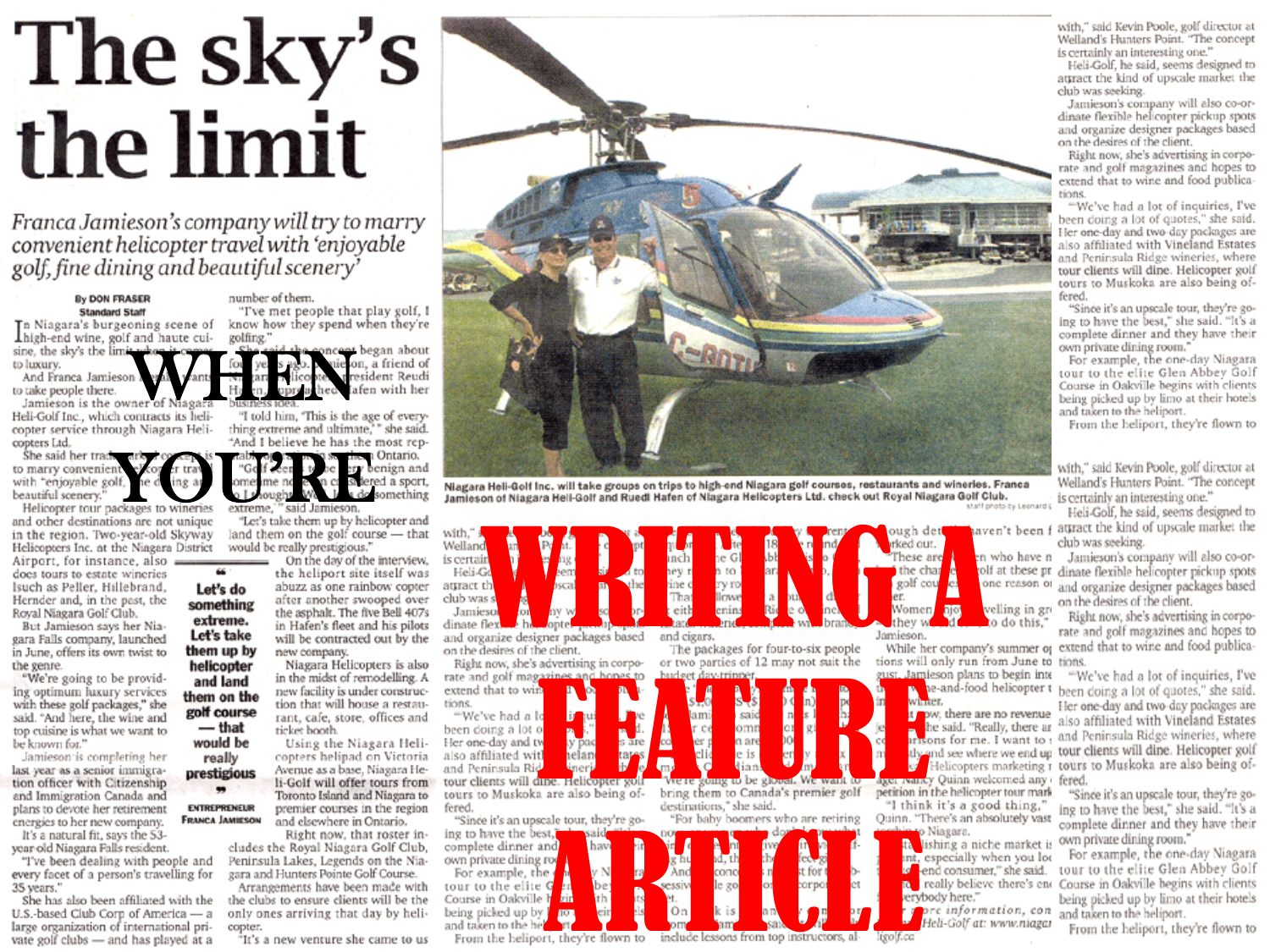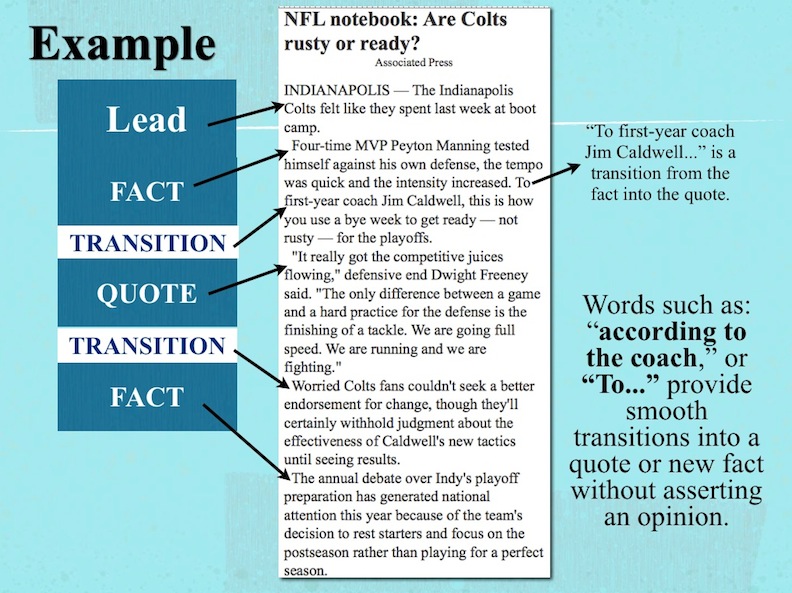Lead In Journalism Definition - Web the lead or lede is pronounced leed and is the first paragraph of any news or feature story. The traditional lead is also known as the primary lead. In the case of a broadcast newscast, the term can be used to refer to either the first story of the newscast (opening segment) or to the way the individual broadcast story begins. In the case of a broadcast newscast, the term can be used to refer to either the first story of the newscast (opening segment) or to the way the individual broadcast story begins. Who, what, when, where, why, and how. If you do not have a. Web how to write a lede in journalism. Web the lead, or opening paragraph, is the most important part of a news story. A closer look at a confusing spelling. Web the term lead (also spelled as 'lede') refers to the first paragraph of a journalistic story, or first two paragraphs, in the case of an extended lead.
What Is An Anecdotal Lead In Journalism
If you do not have a. Web a lead or lede refers to the opening sentences of a brief composition or the first paragraph or.
Types of Leads Journalism Violence
A closer look at a confusing spelling. Web two types of leads writing in journalism traditional lead. They are also very important: To offer a.
Using Leads in Investigative Journalism YouTube
It’s designed to grab the reader’s attention and give a good first impression of your story. Web this opening, known as the news lead, is.
How to Write the Lead and the News Story Part 2 of Chapter 2 Campus
Getting them truly involved is the duty of the rest of the story; To write an effective lead, journalists first “must learn to recognize what.
Journalism Lead Writing YouTube
As we have seen, the direct lead focuses on the theme of the event in the first paragraph. It is constructed from 6 elements: Web.
Writing a Good Lead in Journalism Clarity, Brevity and Engagement
Web this opening, known as the news lead, is by definition “the first paragraph or two in a news story” (bender et al. To offer.
The News Lead Journalism and Informational Text Lesson Informational
Web when journalists talk about beginnings of stories the word they use is lead. It’s designed to grab the reader’s attention and give a good.
how to write a feature article
To offer a century of wisdom. Who, what, when, where, why, and how. Journalists deploy a number of writing tools to grab a reader’s attention.
News Article Lead Examples PPT NEWS REPORT PowerPoint Presentation
Leads introduce the topic or purpose of a paper, and particularly in the case of journalism, need to grab the reader's attention. In the case.
But, Usually, The Journalist Will Start With Who And What.
As we have seen, the direct lead focuses on the theme of the event in the first paragraph. Web when journalists talk about beginnings of stories the word they use is lead. Traditional lead is one of the most. A lede is the introductory section in journalism and thus to bury the lede refers to hiding the most important and relevant pieces of a story within other distracting information.
Web 2 Leads The First Words Out Of An Anchor’s Mouth As He Or She Introduces A Story Is The Lead;
Reporters use the term “burying the lead” or “delayed lead” to describe one placed later in an article. Getting them truly involved is the duty of the rest of the story; To offer a century of wisdom. It’s designed to grab the reader’s attention and give a good first impression of your story.
However, You Can Begin And End With Any Of The Six Elements.
The traditional lead is also known as the primary lead. They are also very important: Web a lead (also known as a lede) is the first paragraph or several paragraphs of a story, be it a blog entry or a long article. Web how to write a lede in journalism.
The Term Lead (Also Spelled As ‘Lede’) Refers To The First Paragraph (Or First Two Paragraphs, In The Case Of An Extended Lead) Of A Journalistic Story.
In the case of a broadcast newscast, the term can be used to refer to either the first story of the newscast (opening segment) or to the way the individual broadcast story begins. Web the lead, or opening paragraph, is the most important part of a news story. Web this opening, known as the news lead, is by definition “the first paragraph or two in a news story” (bender et al. Web the term lead (also spelled as 'lede') refers to the first paragraph of a journalistic story, or first two paragraphs, in the case of an extended lead.









